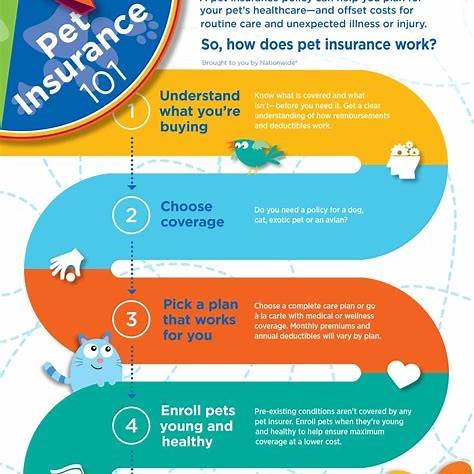Introduction
We love our pets like family — but when unexpected vet bills pop up, the financial burden can be overwhelming. Pet insurance offers peace of mind, but is it really worth it in 2025? This article dives into the pros, cons, and key details every pet owner should know.
Section 1: How Pet Insurance Actually Works
Pet insurance plans typically reimburse a percentage of your vet bill — often 70–90% — after a deductible. Plans are categorized into:
- Accident-only
- Accident + illness
- Wellness add-ons (vaccinations, teeth cleanings, annual exams)
Section 2: 2025 Cost Trends & Market Overview
Recent data shows the average monthly premium in 2025 is about $62.44 for dogs and $32.21 for cats AAHA+1Pawlicy Advisor+1.
In the past decade, vet care costs rose over 60%, putting many pet owners under financial strain AAHA+1MarketWatch+1.
More than 6.4 million pets now have insurance in the U.S., up from 5.7 million in 2023 Global Market Insights Inc.+3Business Health Trust+3Market.us Media+3.
Section 3: Pros of Pet Insurance
- Financial Safety Net: Covers emergencies such as surgeries or cancer treatment.
- Peace of Mind: Enables you to make care decisions without second-guessing finances.
- Customizable Coverage: Deductible, reimbursement rate, and add-ons can tailor your plan.
- Access to Care: With insurance, pet owners are more likely to approve advanced treatments.
Section 4: Common Drawbacks
- Monthly Premiums Add Up: Average $60+/month for dogs, up to ~$70 for certain breeds healthypawspetinsurance.com.
- Hidden Limits: Caps per condition or annual maximum payouts may apply.
- Pre-Existing Conditions Are Excluded: A condition your pet already has usually won’t be covered.
- Reimbursement Model: You pay upfront and wait for reimbursement.
Section 5: Breed & Location Influence Costs
Breed examples from Texas:
| Breed | Avg. Monthly Cost |
|---|---|
| Labrador Retriever | $23.30 |
| Chihuahua | $11.16 |
| Golden Retriever | $23.30 |
- Cat breeds like Maine Coon, Bengal run ~$11–14/month Market.us Media+14Embrace Pet Insurance+14healthypawspetinsurance.com+14Freepik+1Pawlicy Advisor+1.
Section 6: Real-Life Scenarios
- Case A (No Insurance): Jake’s Labrador needed ACL surgery costing $3,800. He financed it on a credit card.
- Case B (With Insurance): Emily’s cat swallowed thread. Surgery cost $2,400—insurance covered 80%, drastically reducing expense.
Section 7: Top 3 Plans in 2025 (Quick Overview)
- Nationwide: Best for multi-pet households and exotic pets, with wellness discounts New York Post.
- Fetch (formerly Petplan): Excellent for cats, covers dental and behavior therapies, up to 90% reimbursement New York Post.
- Embrace / Healthy Paws / Lemonade: Popular for flexible plans and digital processing New York Post.
Section 8: Tips to Choose the Best Plan
- Enroll your pet when young & healthy to avoid waiting period exclusions istockphoto.com+13kiplinger.com+13washingtonpost.com+13.
- Compare quotes across providers and understand deductible structure (annual vs per incident) easel.ly+14kiplinger.com+14Pinterest+14.
- Ask about caps, reimbursement speed, claim approval rates.
- Bundle with other insurance or look for discounts (AAA, military, multiple pets) kiplinger.com.
Section 9: Alternatives to Consider
- Pet emergency savings: e.g. a monthly savings fund.
- Discount veterinary plans: no insurance, but offer vet visit discounts.
- Low-cost clinics in your area.
Final Verdict
Pet insurance is a strong financial tool — especially if your household would struggle with a $3,000+ vet bill. If your answer to “Can I afford NOT to have it?” is uncertain, carefully compare plans and enroll early.




